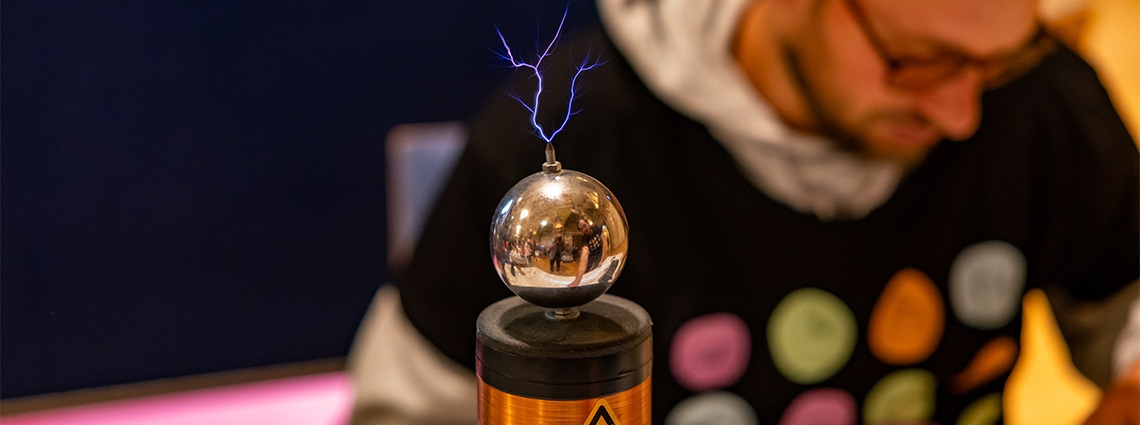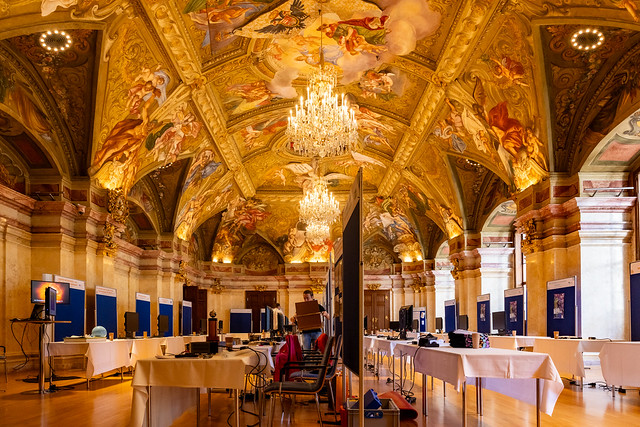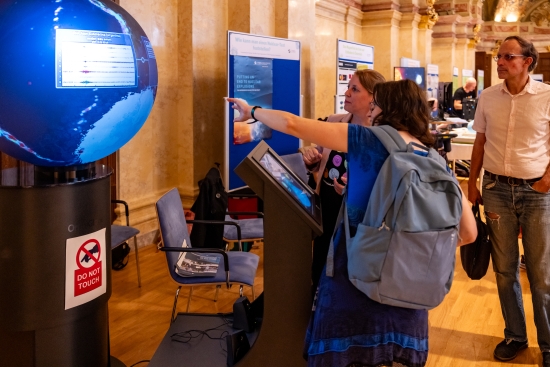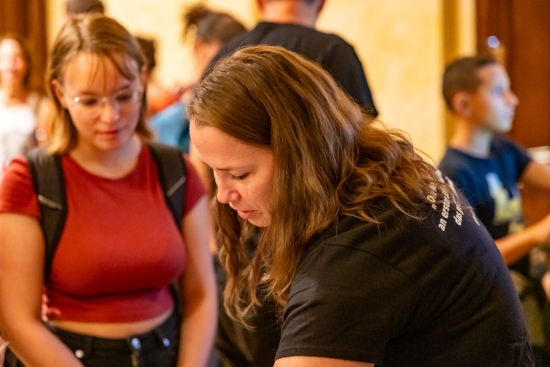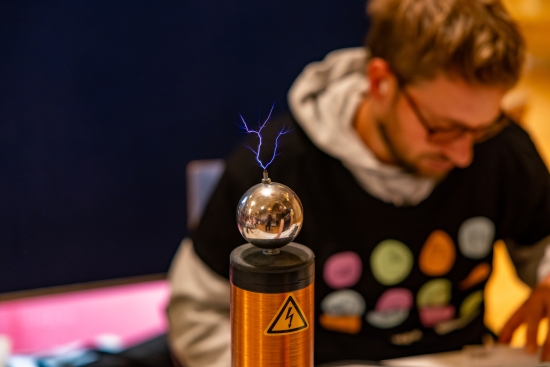Exploring nuclear test detection science with CTBTO at Research Festival
At the Lower Austria Research Festival on 22 September, the Comprehensive Nuclear-Test-Ban Treaty Organization (CTBTO) joined forces with over 50 scientific institutions to showcase its work to the public.
This year, the event, officially named Forschungsfest in German, welcomed more than 5,000 attendees, who took part in a wide range of activities and hands-on experiments at Vienna's majestic Palais Niederösterreich.
There, visitors of all ages had the chance to explore the latest developments and breakthroughs across various fields, including nature and space, health and social issues, culture, and history, as well as media and technology.
At the CTBTO booth, titled 'How to Detect a Nuclear Test,' staff provided an overview of the groundbreaking science and technology employed to detect nuclear test explosions, using an OmniGlobe - an interactive data visualisation tool that showcases the organization’s verification regime.
The 3D spherically shaped screen also displays the four technologies that scan the globe round the clock: seismic stations monitor shockwaves through the ground, hydroacoustic stations detect sound waves in the oceans, infrasound stations listen for ultra-low-frequency sound waves inaudible to the human ear, and radionuclide stations monitor the atmosphere for radioactive particles and gases from a nuclear explosion.
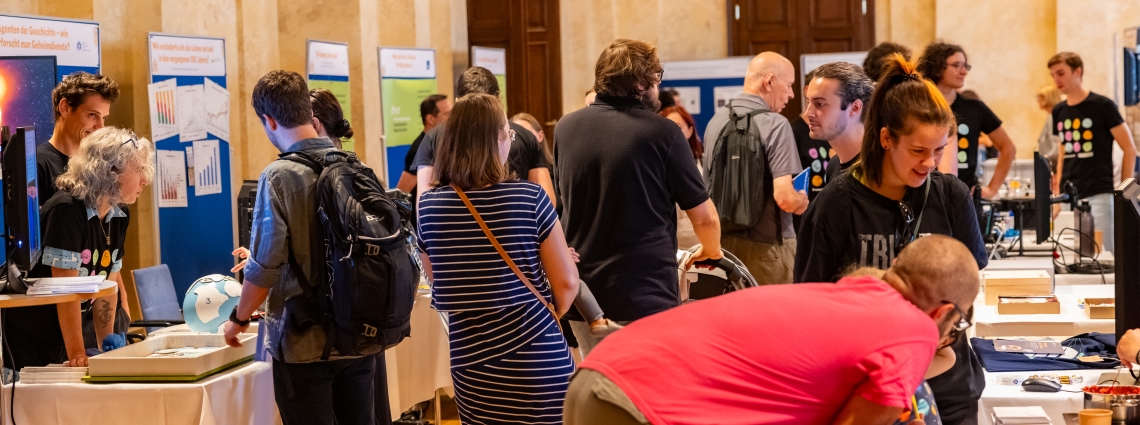
Visitors exploring exhibits at various stands
Technical staff also explained how data collected by the International Monitoring System (IMS) can support scientific research on climate change and natural phenomena. One visitor, Ludmilla Le Gohebel, who works in the field of cybersecurity, remarked, "Today, I learned that the CTBTO has an excellent system capable of detecting earthquakes and tsunamis, potentially saving lives across the globe."
Another attendee, graduate Jose Victor Lozano Alvarado from Honduras, said: "Normally, when you think about science, you might associate it with an older generation. I appreciate how they are making it accessible to young children at this festival."
For CTBTO staff, including Michael Guenther, who manned the booth, the event was enjoyable because of its diverse audience of all ages and backgrounds. The Associate Operations Officer at the International Data Centre (IDC), explained, "This free-entry event is mainly for Austrian families interested in science and research. But, being in the city centre, I also spoke to tourists from Europe and Asia, who came across the festival by chance."
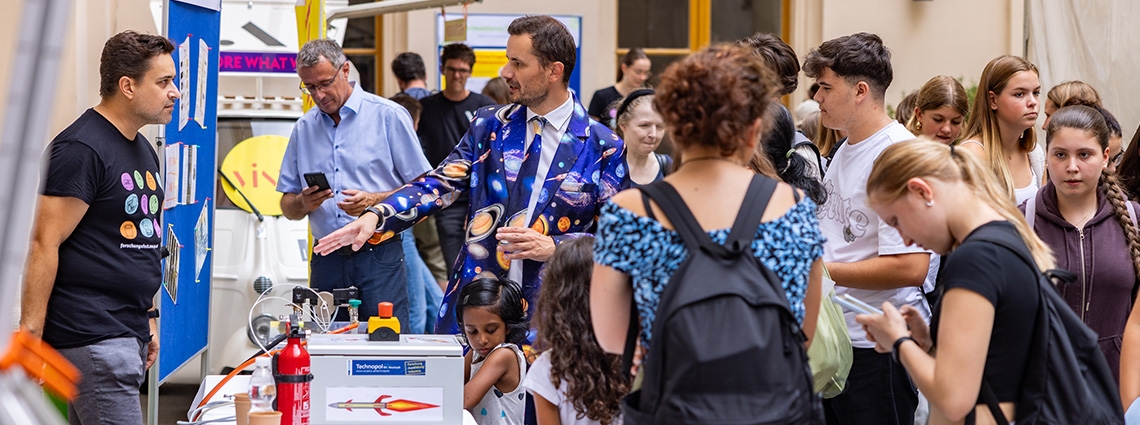
Visitors interacting with exhibit participants
Several well-known scientific institutions from the region were among the exhibitors. The University of Vienna, for instance, offered a 20-minute show, allowing visitors to embark on a journey through the universe inside an inflatable, mobile planetarium. FOTEC Research and Technology Transfer GmbH also participated, showing the public on how robots can perceive and understand their surroundings through Deep Learning and cameras.
The Lower Austria Research Festival, a recurring event since 2017, will return next September, with the specific date yet to be determined.
27 Sep 2023
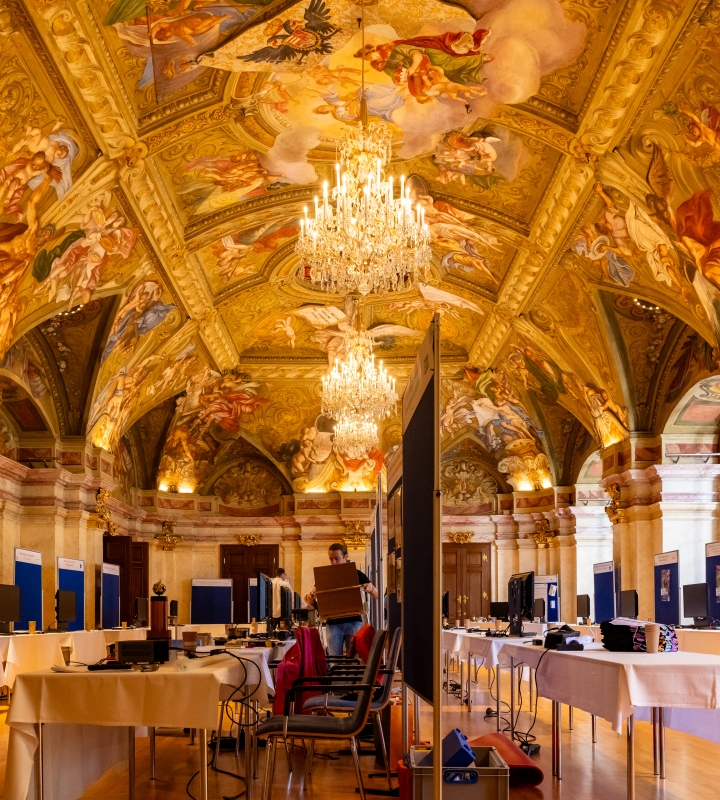
Exhibitors setting up stands at Palais Niederösterreich
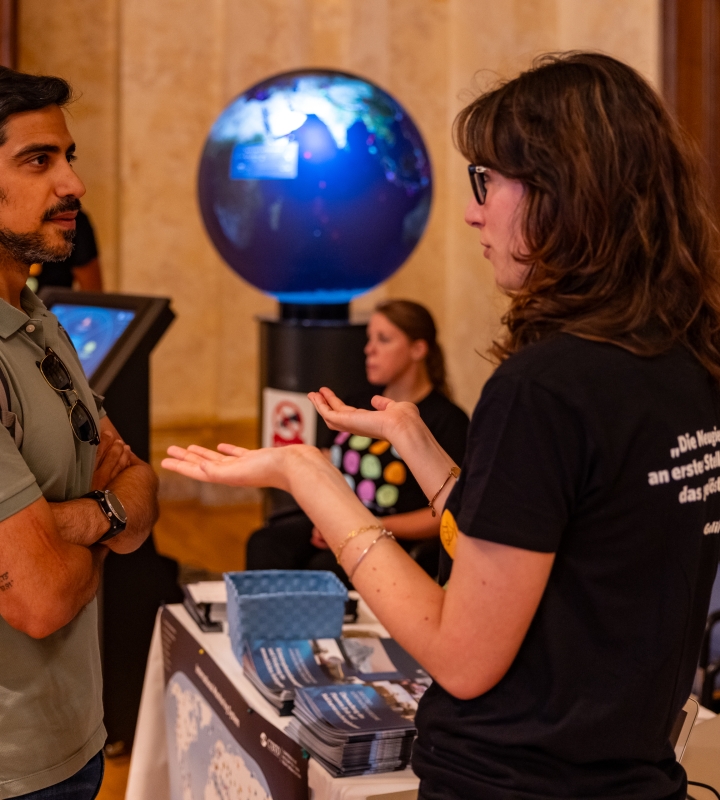
Visitor speaking to CTBTO intern, Chiara Cogliati
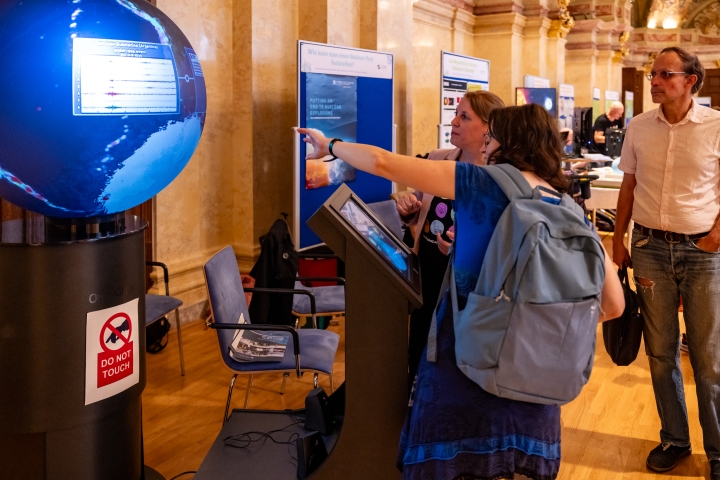
CTBTO Logistics Officer Birgit Scheffel demonstrating OmniGlobe to member of public
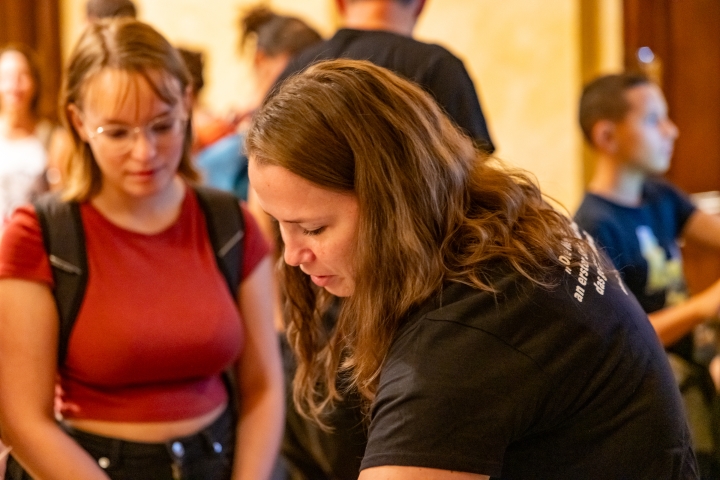
CTBTO Software Engineer Anne Tipka interacting with attendees
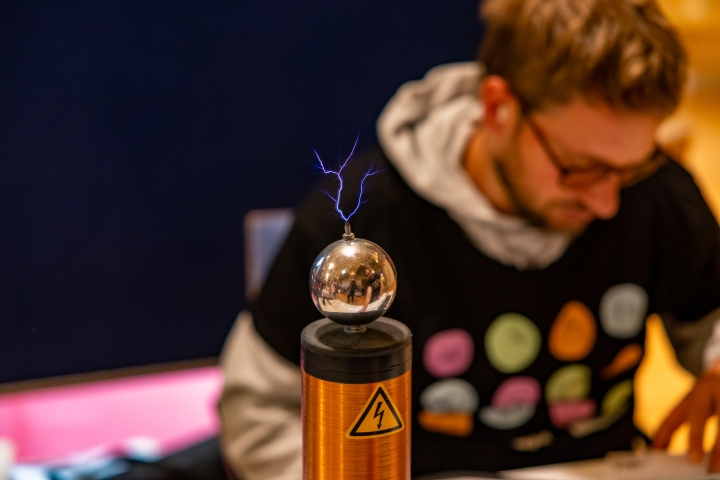
Tesla coil on display at booth at Lower Austria Research Festival
